Master Precise 3 & 4-Point Edits in DaVinci Resolve
Are you tired of nudging clips around your DaVinci Resolve timeline, hoping things just kind of line up? Does dragging and dropping clips feel more like playing digital shuffleboard than precise video editing? I get it. For a long time, I relied on visually placing clips, which often led to tiny gaps, accidental overlaps, and wasted time fixing mistakes.
But there’s a faster, more accurate way. Buckle up, because in the video above, I dive into three-point and four-point editing in DaVinci Resolve. This technique is a game-changer for speed and precision, and once you get the hang of it, you’ll wonder how you ever edited without it.
Watch the video now to see it in action, or read on for a breakdown of what I cover!
What are Three-Point Edits?
The core idea is simple: you define three out of the four points needed to place a clip, and Resolve intelligently calculates the fourth. The four points are:
- Source Clip In Point (Where the desired section starts in your raw footage)
- Source Clip Out Point (Where the desired section ends in your raw footage)
- Timeline In Point (Where the clip should start on your timeline)
- Timeline Out Point (Where the clip should end on your timeline)
In the video, I demonstrate two main scenarios for three-point edits:
- Scenario 1: Source Duration Defines the Cut: You mark the exact In (I key) and Out (O key) points in your source viewer, setting the duration you need. Then, you jump to your timeline, mark just the In point (I key) where you want it to start, and hit F9 (Insert) or F10 (Overwrite). Bam! Resolve calculates the timeline Out point based on your source duration and slots it in perfectly.
- Scenario 2: Timeline Duration Defines the Cut: You mark the In point (I key) in the source viewer for where you want the clip to start. Then, on the timeline, you define the exact space you need to fill by marking both an In point (I key) and an Out point (O key). Hit F9 (Insert) or F10 (Overwrite), and Resolve grabs footage from your source viewer starting at your marked In point until it precisely fills the duration you defined on the timeline.
Using these methods dramatically speeds up the editing process, letting you place clips exactly where you need them with just a few keystrokes.
Taking Control with Four-Point Edits & Fit to Fill
Ready for even more control? Four-point edits let you define all four points: the exact chunk of source footage (Source In/Out) AND the exact spot on the timeline (Timeline In/Out).
“But what if my source selection is 5 seconds long, and the space on my timeline is only 4 seconds?” Great question! This is where the magic of Fit to Fill comes in (often activated automatically or via a specific command when performing a four-point edit with mismatched durations).
Fit to Fill forces the source clip’s duration to match the timeline duration by changing the clip’s speed.
- Need to replace an existing shot precisely, frame for frame?
- Trying to hit a super specific music cue down to the exact frame?
Four-point editing, especially with Fit to Fill, is your secret weapon. Use it wisely, though! As I mention in the video, significantly altering clip speed can sometimes make motion look unnatural, so be mindful of how much you’re stretching or compressing time.



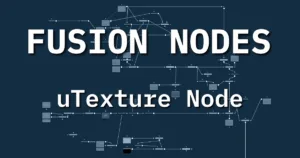

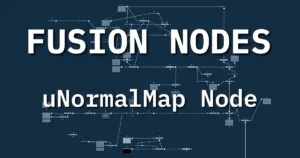
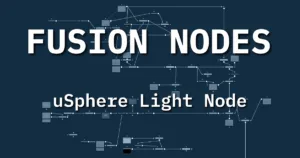
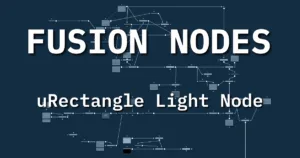
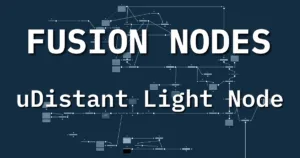
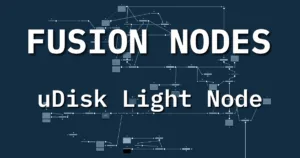
Start the discussion at postprolist.com